"Guangdong-Hong Kong-Macao" Needs Both Traffic and Sales
![]() 06/06 2025
06/06 2025
![]() 463
463
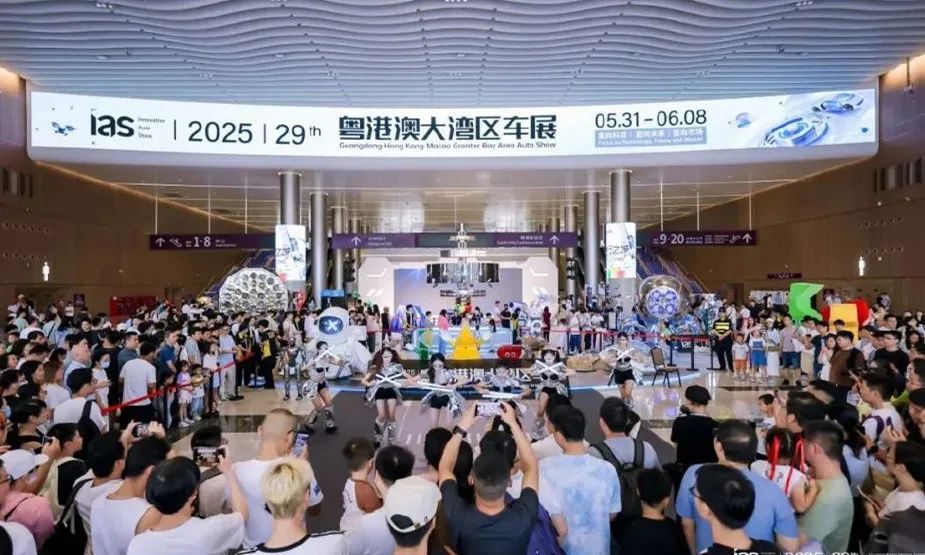
Introduction
Regardless of the region, any auto show always reflects an industrial microcosm at a certain stage.
Traditionally, as May draws to a close each year, the off-season for China's automotive market begins to emerge. However, this year, amidst the turbulence of the first half impacted by various emergencies, this sense of calm is not as pronounced as expected.
The root of this lies in the aftermath of the price war, which has been overwhelmingly devastating. The companies involved have lost sight of maintaining the healthy development of the industry. Yet, when we regain clarity, we realize that such a self-destructive tactic is somewhat unnecessary, and there is no room for maneuver in the harsh realities of the market.
At the Shanghai Auto Show in April, the market atmosphere had finally shifted from incessant internal competition to industrial evolution itself, allowing every visitor to focus without the coercion of toxic traffic.
However, with the echoes of price wars reverberating once again in auto markets at all levels, the automotive industry is once again engulfed in anxiety. As these uncontrolled emotions gradually spread and converge at the center of competition, they add a layer of impetuosity to the entire industry.
Prior to the Guangdong-Hong Kong-Macao Greater Bay Area Auto Show, the price offensive within the industry had not abated, and the hostility and bravado between automakers left no room for tranquility. Although an initiative from the China Association of Automobile Manufacturers prompted industry reflection, after the exhibition opened, it became evident that only because the scene was once again dominated by star companies and new statements did the overt and covert struggles in China's automotive market not weaken at all.
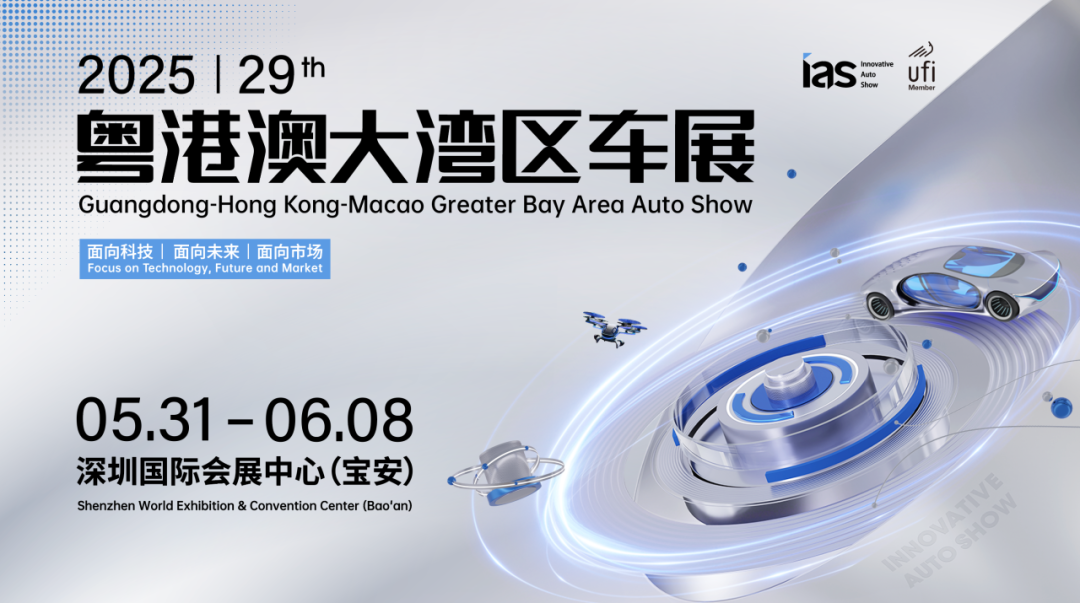
Indeed, after transitioning from a department store-style exhibition layout, "Guangdong-Hong Kong-Macao" has gradually begun to resemble an international auto show. This year's 2025 auto show also aimed to showcase the remarkable transformation of China's automotive industry from a technology follower to a rulemaker, with the theme of "Facing Technology, Facing the Future, Facing the Market," changing the past style.
Unfortunately, where there is a river and a lake, there will inevitably be struggles, let alone the battlefield of China's automotive market, where everyone is on high alert. As bystanders, it is difficult for us to set an objective tone for the current state of the industry. But compared to the past, relying on current technological prowess, China's automotive market should present a scenario where everyone pursues win-win cooperation rather than indistinguishable enmity.
01 Guangdong-Hong Kong-Macao: Detoxifying Traffic
After several rounds of shuffling in the new energy industry, people often envision that when the penetration rate of new energy vehicles exceeds 50%, the automotive industry will gradually complete its transition from initial construction from 0 to 1 to a symbiotic and prosperous existence. OEMs and technology companies will choose to progress together for the prosperity of the industry, and industry development will shift from the original division of labor to a systematic cross-border advancement stage.
Simultaneously, as the logic of "car manufacturing" is overturned and rebuilt, consumer concepts will also shed the automobile consumption view based on tools.
Who would have thought that after the entire industry completely eliminated the weak, and the once vibrant camp of new forces was reduced to only "NIO, XPeng, Li Auto," and ZERO RUN, the intensity of competition not only did not diminish but also tended to drag the entire industry into a state of sub-optimal development.
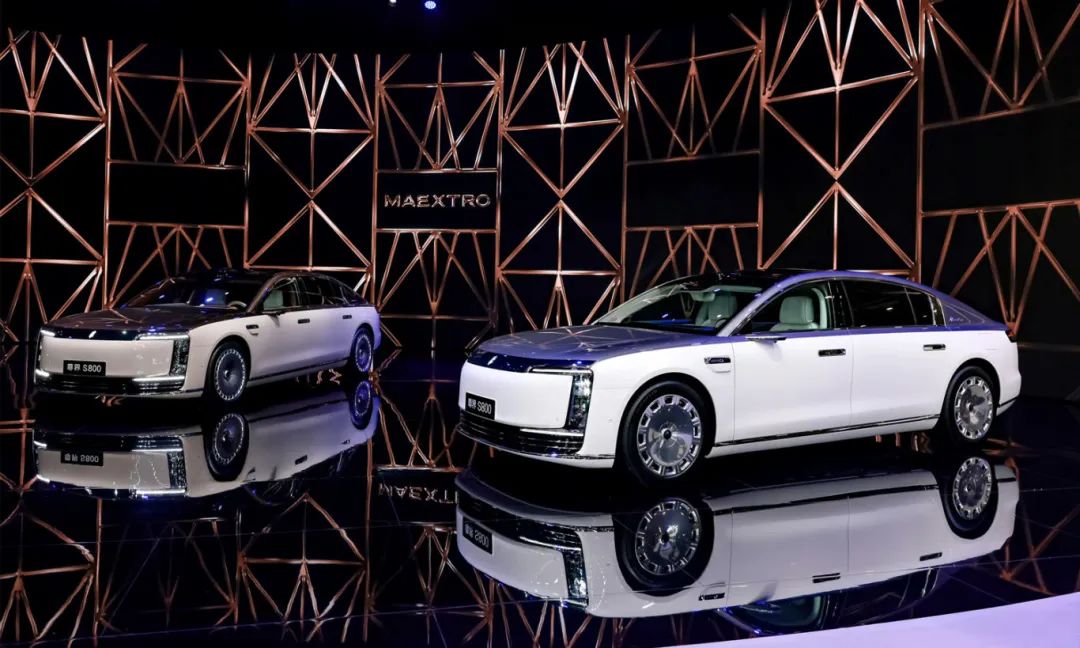
Therefore, before the Guangdong-Hong Kong-Macao Auto Show commenced, although we witnessed a new height in the industry brought by the "Flagship of the Times," China's automotive market gradually transitioned from relying on traditional manufacturing to a state of distinguishing itself through technological innovation, yet discussions about the direction of industrial development never ceased.
Especially when compared with the actions of BYD, Geely, and Chery following up on the price war, the stark contrast between the industry's desire to be strong and its inability to avoid internal consumption gave everyone in the industry another jolt.
When the development of the global new energy industry completely shifts to the East, and core technologies are also mastered by us, what are Chinese enterprises ultimately pursuing?
You ask, is this a question for the new era? I don't think so. After more than half a century of exploration and advancement, how can China's automobile industry stumble forward in self-chaos and slaughter?
At the unveiling event of Xiaomi YU7, Lei Jun profoundly stated, "Latecomers are definitely not perfect at the beginning and will always be ridiculed and doubted, but latecomers always have a chance."
Perhaps this sentence is simply regarded as "chicken soup for the soul" by many, but if applied to everyone in China's automotive industry, I personally believe it is a true portrayal of China's automobiles transitioning from weak to strong and from ignorant to mature.
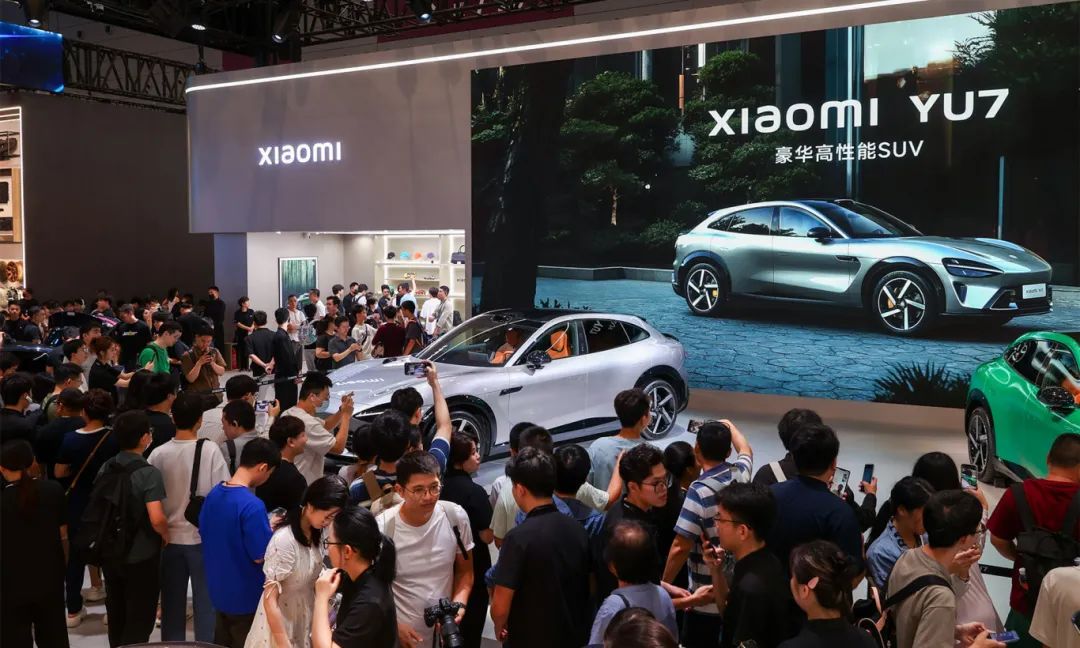
Therefore, compared to the verbal battles on social platforms, Xiaomi's booth at the Guangdong-Hong Kong-Macao Auto Show inexplicably became a must-visit for everyone entering the venue. From Shanghai to Shenzhen, you might think Lei Jun is merely staging marketing spectacles with a hat and a bottle of mineral water. But the real feeling is that young people today know exactly what they want.
And from Xiaomi's booth to BYD's exhibition hall, the scene where everyone surrounds new cars all illustrates this issue.
To put it bluntly, unlike the tense atmosphere on the internet where fans of various companies bury each other in a group-based manner, the traffic focus exhibited offline has a very clear consumer orientation.
I vaguely remember that, including last year's Beijing Auto Show, driven by internet celebrity entrepreneurs such as Lei Jun and Zhou Hongyi, all the attention at the auto show fell on "people," and all the highlights related to new cars and corporate strategies were relegated to secondary positions. In comparison, at least from the hustle and bustle on the internet, Guangdong-Hong Kong-Macao did indeed detoxify traffic.
Of course, solely basing this as a judgment is not accurate in saying that this auto show continues the industrial observation trend of the Shanghai Auto Show.
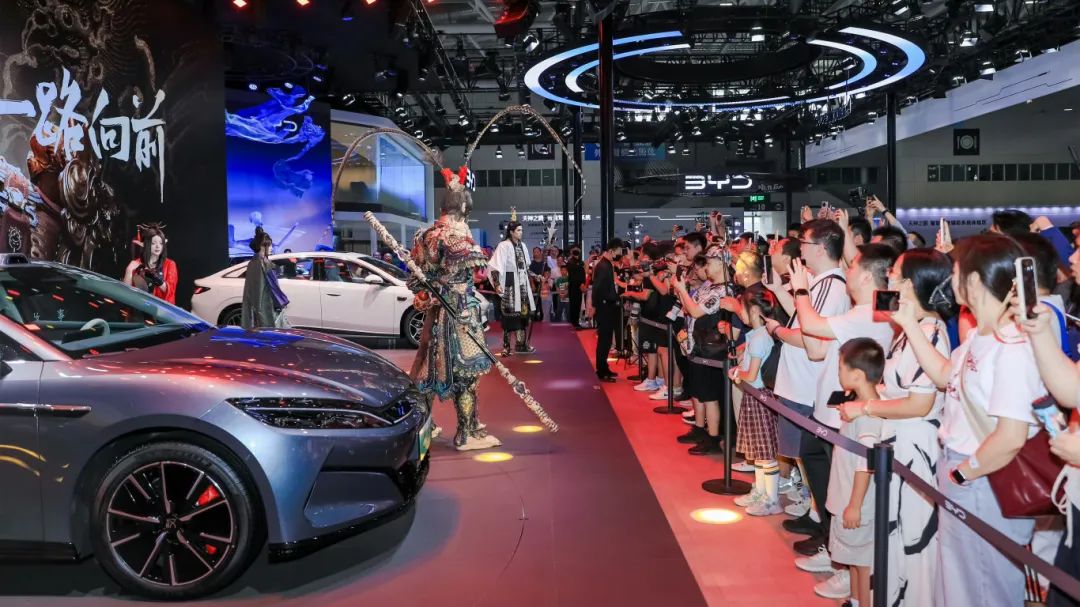
Constrained by objective factors such as region and time, a large number of enterprises cannot come up with technologies or products that subvert industry perceptions again within a month. Compared with enterprises such as Xiaomi and BYD, the main task of the automakers present is still to sell more cars, which means that in terms of level division, the value of the Guangdong-Hong Kong-Macao Greater Bay Area Auto Show is still slightly inferior.
02 "Sales" Should Not Be the Only Pursuit
In earlier years, we once pointed out the other side of a regional auto show and ambition with an article titled "The Guangdong-Hong Kong-Macao Auto Show Doesn't Believe in 'Dreams'."
Today, I believe that relying on the technological advancement and economic volume of the entire Greater Bay Area, reality has undergone tremendous changes. Therefore, in addition to observing traffic trends, it is increasingly thought-provoking whether it reflects the current state of the automotive market.
In the first six months of this year, China's automotive market has relentlessly launched price wars and public opinion wars. Finally, everyone has seen that automakers are striving to enter the heartland of market competition, even if it means spending money. With this result, accompanied by the exhaustion of the entire industry, are Chinese automakers in a state of "clear to bystanders, confused to participants"?
At the (Third) Future Auto Pioneers Conference held simultaneously with the Guangdong-Hong Kong-Macao Auto Show, Yin Tongyue, chairman of Chery Automobile, expressed his view on the price war in the automotive market, saying, "'Price war' is the word I dislike the most because I am kidnapped. Our salespeople say that certain competitors have already started a price war and adjusted prices. What problems may arise in our market? I don't think this is the right direction. But older people are easily kidnapped by younger people, and this is the most painful decision I have made."

Similarly, from last year to the present, Wei Jianjun, chairman of Great Wall Motors, has mentioned the two-sided nature of the price war more than once and reminded users that when the industry exceeds conventional cost reduction, it will force some manufacturers to cut corners, and ultimately, consumers will still foot the bill. The meaning behind this is presumably also giving his own opinion on the current state of the industry.
When will the price war stop? Extending this, can Chinese automakers still come together under sales pressure? I believe many people's answers are still pessimistic.
Nowadays, traditional independent automakers have brought the price of a decent new family sedan into the range of 70,000 yuan, and luxury brands such as Cadillac have also lowered the threshold for purchasing SUVs to around 150,000 yuan. It can be seen that no matter how fierce the market competition is, the bottom line of the price war is basically set. There must be room for price reductions even if it gets cheaper.
In other words, it is not whether the price war will continue or not. As the overall price adjustment is no longer sustainable, once this war, which has been going on for nearly two years, develops towards normalization, automakers without originality will inevitably be forced to get stuck in it.
It is understood that BMW, a member of BBA, announced last year that it would adjust the terminal prices of all its products upwards to get rid of the troubles of the price war. Unfortunately, this move did not work at all. Can you believe it? The landing prices of BMW's Series 3 and X3 are now almost 100,000 yuan lower than two years ago, and the transaction prices of models such as the X1 and i3 have entered the range of 160,000 to 180,000 yuan.
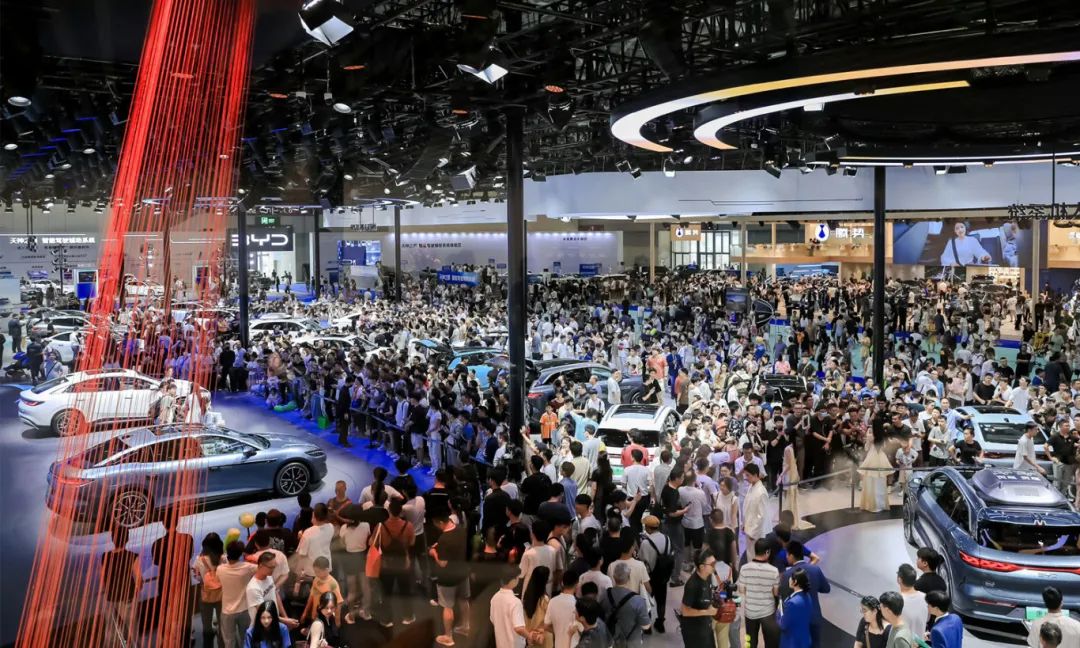
In other words, it is not that automakers do not want to stop the price war, but when everyone enters a frenzy of price reductions, there is no powerful hand that can pull all automakers' competitive thinking at once. Just like at the Guangdong-Hong Kong-Macao Auto Show, under urging, some brands with excessive sales pressure can force their reception staff to beg for customer information throughout the venue.
Indeed, in the plans of powerful automakers, the essence of the price war is to use extraordinary means to occupy market share. Those who cannot keep up with the pace will have to endure the ruthless fire of competition. Soon, everything that happened at the Guangdong-Hong Kong-Macao Auto Show will also be diluted by time.
But we cannot deny that the development of the automotive market always emphasizes a balance. For consumers, after speculators are cleared out, a hundred flowers blooming is not necessarily a bad thing. When the focus of car purchases is no longer solely on price, the character of each brand itself can also be a point that triggers consumption. At that time, China's automotive market may also represent a microcosm of industrial progress.
Editor-in-Charge: Cao Jiadong, Editor: Chen Xinnan








